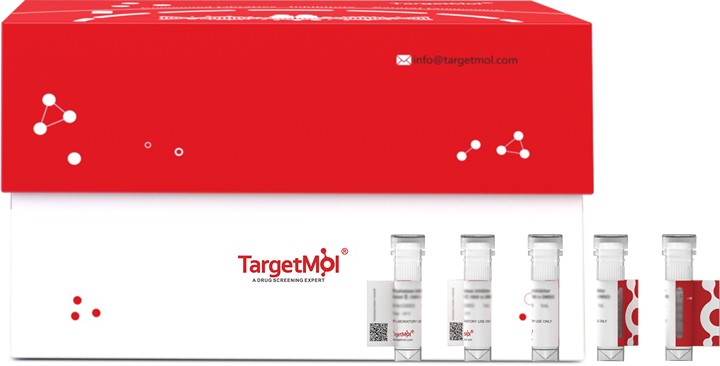Shopping Cart
- Remove All
 Your shopping cart is currently empty
Your shopping cart is currently empty

FGFR1 Protein, Human, Recombinant (His & GST) is expressed in Baculovirus insect cells with His and GST tag. The predicted molecular weight is 75 kDa and the accession number is H9FRD4.

| Pack Size | Price | Availability | Quantity |
|---|---|---|---|
| 50 μg | $498 | 7-10 days |
| Biological Activity | Kinase activity untested |
| Description | FGFR1 Protein, Human, Recombinant (His & GST) is expressed in Baculovirus insect cells with His and GST tag. The predicted molecular weight is 75 kDa and the accession number is H9FRD4. |
| Species | Human |
| Expression System | Baculovirus Insect Cells |
| Tag | His, GST |
| Accession Number | H9FRD4 |
| Synonyms | OGD,N-SAM,KAL2,HRTFDS,HH2,HBGFR,FLT-2,FLT2,FLG,fibroblast growth factor receptor 1,FGFR-1,FGFBR,CEK,CD331,bFGF-R-1,BFGFR |
| Construction | A DNA sequence encoding the human FGFR1 isoform 4 (NP_075594.1) cytoplasmic domain (Gly 311-Arg 731) was fused with the N-terminal polyhistidine-tagged GST tag at the N-terminus. Predicted N terminal: Met |
| Protein Purity | > 80 % as determined by SDS-PAGE |
| Molecular Weight | 75 kDa (predicted); 75 kDa (reducing conditions) |
| Endotoxin | < 1.0 EU/μg of the protein as determined by the LAL method. |
| Formulation | Supplied as sterile 50 mM Tris, 100 mM NaCl, pH 8.0, 20% glycerol, 0.3 mM DTT. |
| Reconstitution | A Certificate of Analysis (CoA) containing reconstitution instructions is included with the products. Please refer to the CoA for detailed information. |
| Stability & Storage | It is recommended to store the product under sterile conditions at -20°C to -80°C. Samples are stable for up to 12 months. Please avoid multiple freeze-thaw cycles and store products in aliquots. |
| Shipping | Shipping with blue ice. |
| Research Background | FGFR1, also known as CD331, belongs to the fibroblast growth factor receptor subfamily where amino acid sequence is highly conserved between members and throughout evolution. FGFR family members differ from one another in their ligand affinities and tissue distribution. Fibroblast growth factors (FGFs) (FGF1 - 10 and 16 - 23) are mitogenic signaling molecules that have roles in angiogenesis, wound healing, cell migration, neural outgrowth and embryonic development. FGFs bind heparan sulfate glycosaminoglycans, which facilitates dimerization (activation) of FGF receptors. FGFR1 is a full-length representative protein consists of an extracellular region, composed of three immunoglobulin-like domains, a single hydrophobic membrane-spanning segment and a cytoplasmic tyrosine kinase domain. The extracellular portion of FGFR1 interacts with fibroblast growth factors, setting in motion a cascade of downstream signals, ultimately influencing mitogenesis and differentiation. This particular family member binds both acidic and basic fibroblast growth factors and is involved in limb induction. CD331 can be detected in astrocytoma, neuroblastoma and adrenal cortex cell lines. Some isoforms are detected in foreskin fibroblast cell lines, however isoform 17, isoform 18 and isoform 19 are not detected in these cells. Defects in FGFR1 are a cause of Pfeiffer syndrome ,idiopathic hypogonadotropic hypogonadism, Kallmann syndrome type 2, osteoglophonic dysplasia and trigonocephaly non-syndromic.Cancer ImmunotherapyImmune CheckpointImmunotherapyTargeted Therapy |

Copyright © 2015-2025 TargetMol Chemicals Inc. All Rights Reserved.